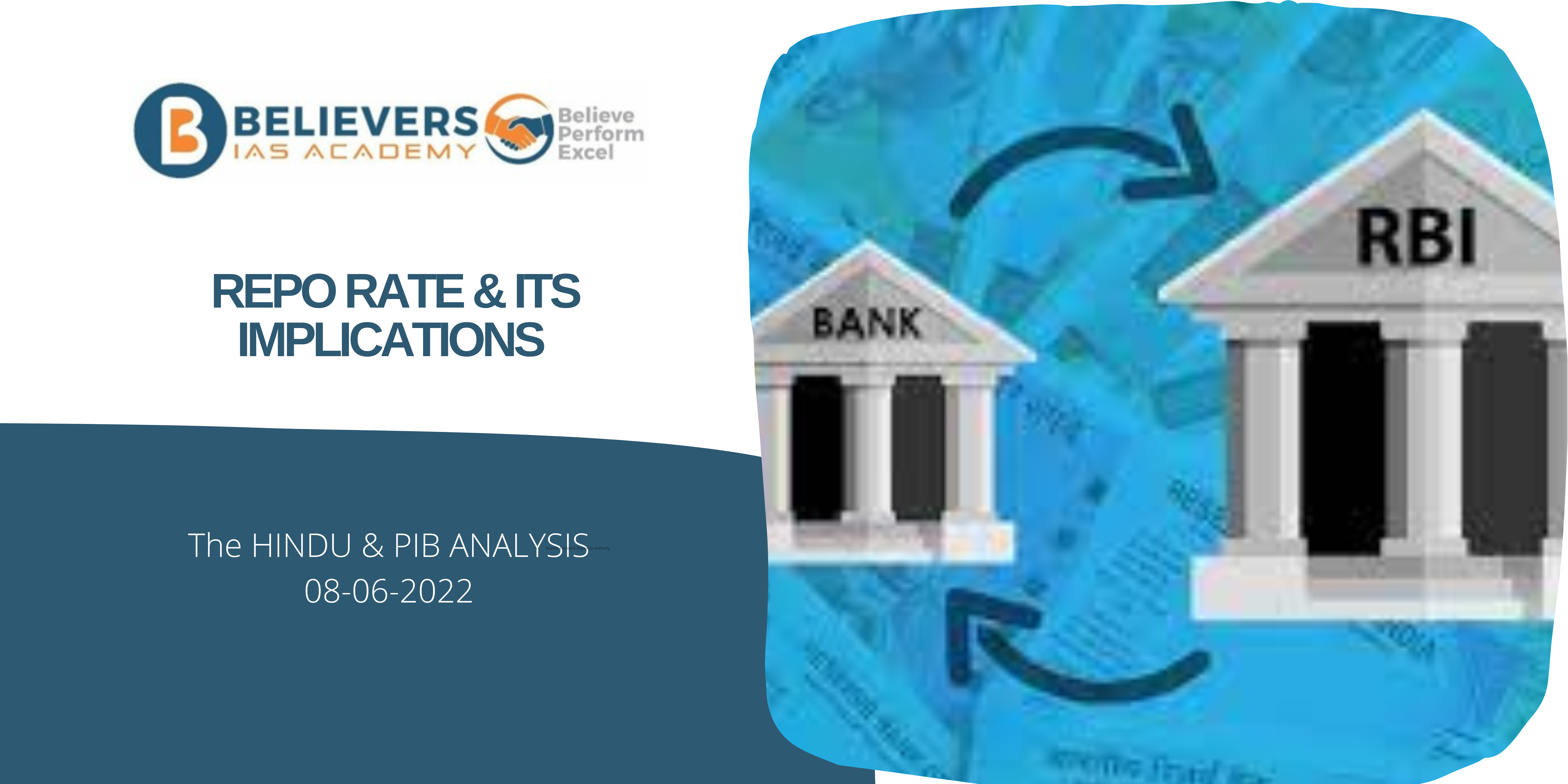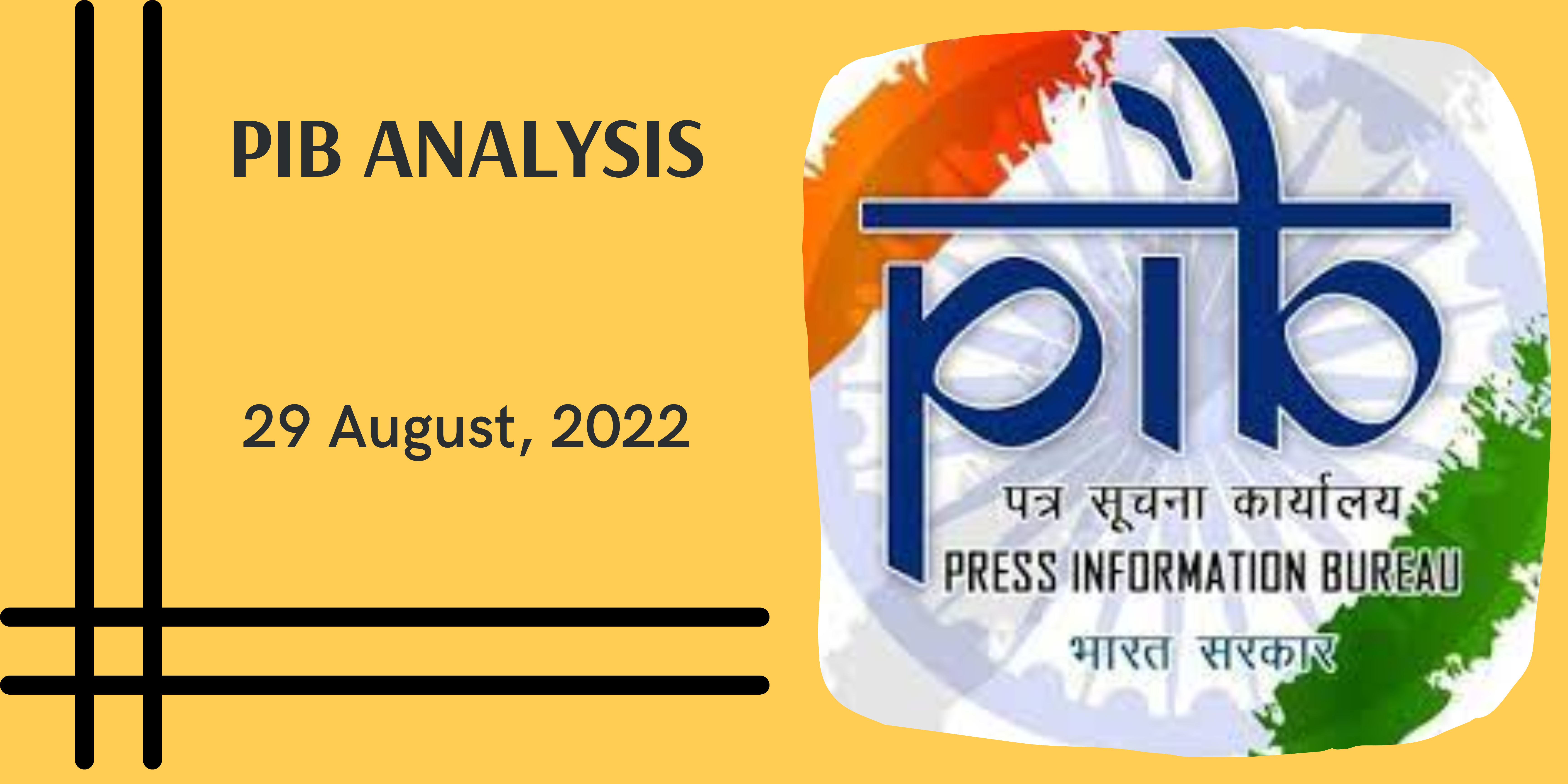Repo Rate & Its Implications
Context:
- The Monetary Policy Committee (MPC) of the Reserve Bank of India (RBI) on Wednesday voted unanimously to increase the policy repo rate by 50 basis points to 4.90%.
- The interest rate has been increased keeping in mind the rising inflation.
What is Repo Rate?
- The Repo Rate is the rate at which a nation’s central bank gives money to commercial banks in the time of a cash shortage.
- Monetary authorities use the Repo Rate to limit inflation. In the time of inflation, central banks increase the Repo Rate to prevent banks from borrowing from the central bank.
- Changes in repo rates can have a direct influence on the economy. A reduction in the repo rate aids the country’s growth and development.
- A drop in the repo rate may cause banks to lower their lending rates, which is good for retail loan borrowers.
Who decides the Repo Rate?
- The Monetary Policy Committee is responsible for fixing the benchmark interest rate in India.
- The meetings of the Monetary Policy Committee are held at least 4 times a year and it publishes its decisions after each such meeting.
- It was through an amendment in 2016 to the RBI Act, 1934 that the Monetary Policy Committee was constituted.
- The primary objective of the MPC is to set the inflation target at 4% with plus or minus 2%.
Other Important Terminologies:
- Cash Reserve Ratio – The commercial banks will have to maintain certain balance with RBI as a share of such percent of the bank’s Net Demand and Time Liabilities(NDTL)
- Statutory Liquid Ratio – The share of the NDTL of a commercial bank required to be maintained in liquid assets by the bank.
Source The Hindu




